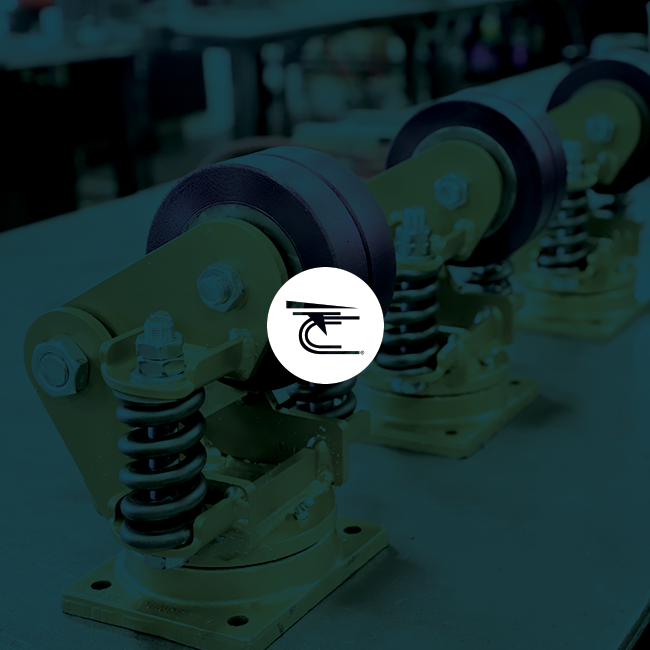

Believe it or not, the casters you use in your workplace can have a tremendous impact on safety and help reduce the costs of workplace injury. Keeping down noise levels and increasing ergonomic efficiency are critical to your employees’ overall health. Aside from these, heavy-duty locking casters including swivel lock casters are also a great consideration – especially when unwanted movement is a major concern.
Let’s review the benefits associated with heavy-duty casters with locks as well as the different brake types. This information can help you can decide which option is best for your company’s needs.
The mechanism that locks a caster in place is known as a caster brake, and there are several different types from which you can choose. The most common include the single-side brake, the dual side brake, the face contact brake, and the wrap-around brake.
Ergonomic brakes and cam brakes are also available, but these typically do not provide the same stopping power for heavy-duty use.
Caster brakes can prevent casters from rolling, but only swivel lock casters can prevent swivels from activating. If you need to convert a swivel caster to a rigid caster, you should consider swivel locks as well as brakes. The types include:
There are several other types of locks, as well, including ergonomic foot-activated locks, passive locks, and others. These locking casters are critical in numerous applications as they prevent injuries and even property damage when used as intended. It is important to learn more about your options so that you can make the right choice for your company’s needs without sacrificing safety or going over your budget.